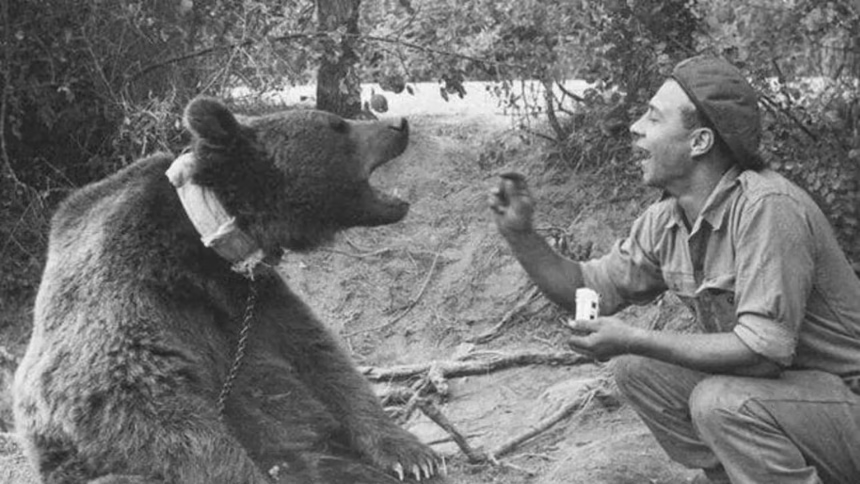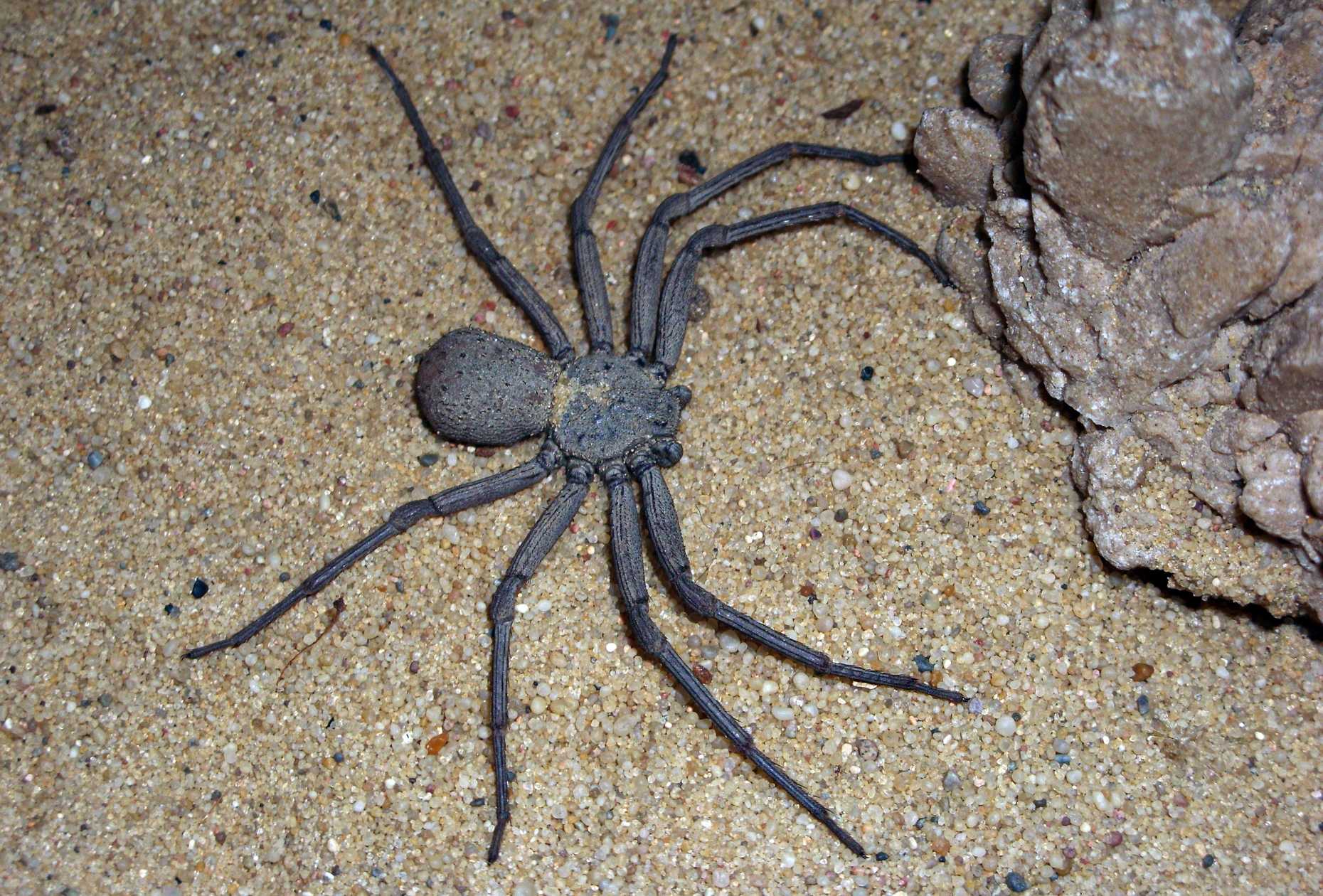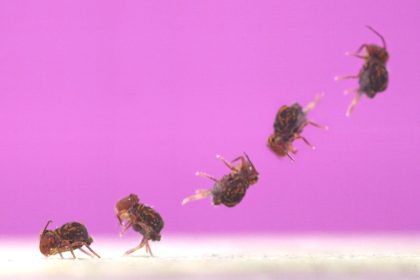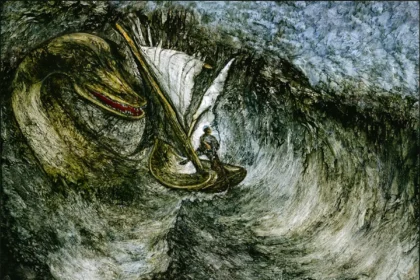Wojtek, the Soldier Bear
Wojtek (1942-1963) was a Syrian brown bear, found by a child in Iran. The child traded him to the Polish army in exchange for some food. The soldiers adopted him during World War II, first as a mascot, but soon trained him to carry ammunition, including artillery shells, during combat. He even became an official member of the Polish army and was promoted to the rank of corporal.
After the war, Wojtek was sent to a zoo in Scotland, where he spent the rest of his life. He died at 22 years old.
Statues honoring him have been erected in a park in Edinburgh, Scotland, and another in Kraków, Poland. A film titled A Bear Named Wojtek was scheduled for release in 2020 but remains unavailable in France.
Wojtek, often depicted standing with a shell in his front paws, has become a symbol of bravery.
Lin Wang, the Military Elephant
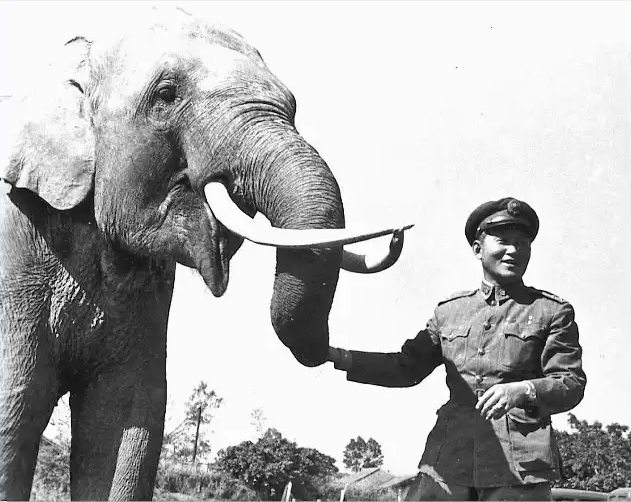
Lin Wang (1917-2003) was an Asian elephant who served in the Second Sino-Japanese War (1937-1945). Born in Burma, he was captured at age 6 and sold to a circus.
When Japan invaded China in 1937, Lin Wang was used by the Chinese army to transport ammunition. After his many acts of bravery, he was sent to a zoo in Taipei, Taiwan.
While the average lifespan of an elephant is 60-70 years, Lin Wang lived 86 years, making him the oldest captive elephant ever recorded in the Guinness World Records.
He became Taiwan’s most beloved animal, known as “Grandpa Lin Wang”, and remains an icon of Taiwanese national identity.
Tirpitz, the War Pig
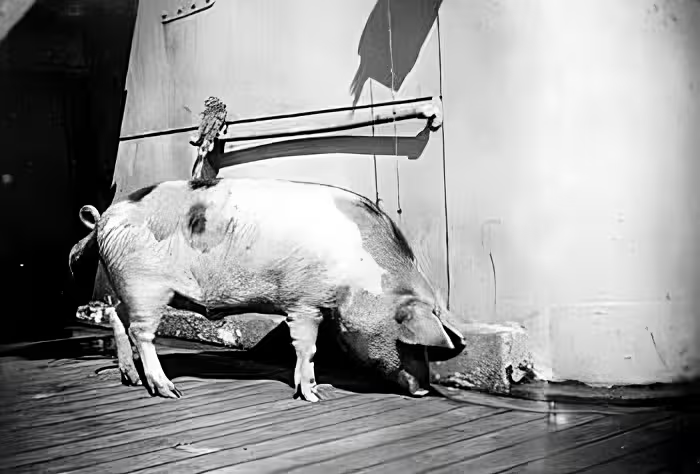
It wasn’t just dogs, bears, and elephants that served in the military—pigs played their part too! Tirpitz was a pig rescued by the British navy during World War I. He was named after Admiral Alfred von Tirpitz, and legend has it he was a survivor from a German warship that sank in 1940.
After the shipwreck, the British sailors found the pig and took him aboard, originally planning to eat him. However, he became the crew’s mascot and was lovingly nicknamed the “war pig”.
Tirpitz sailed into many naval battles with his crew. He was fed leftovers from the sailors’ meals and even had his own sleeping area! He was awarded a medal for his service.
After the war, his fate is debated:
- Some say he became a celebrity, attending public events and living until 1950, after which he was stuffed and displayed in a museum.
- Others claim he was sold for meat in 1919, but his head was preserved in a museum.
Regardless of the truth, Tirpitz symbolized resilience and survival during wartime. His story boosted the morale of British troops.
Flipper, the Spy Dolphin
For decades, both the Russian and U.S. militaries have trained dolphins for military operations. These highly intelligent animals have been equipped with weapons, including poisoned darts, and used to attack enemies, sabotage enemy ships, and neutralize combat divers.
In 1962, the U.S. Navy launched a dolphin research program in Key West, Florida. A dolphin named Flipper was selected and trained to detect mines and locate submarines.
Flipper was also taught to bump a buoy with his nose when he wanted to alert humans about a dangerous or enemy zone.
His name became famous due to the TV series Flipper (1964-1967), which depicted a brilliant dolphin helping people in distress at sea. However, the dolphin in the show was actually played by two female dolphins, Susie and Kathy.
Military dolphins were used in the Vietnam War (1963-1975) and later in the Iraq War (2003). Since then, both sea lions and dolphins have continued to serve in various naval operations.
Koko, the Communicating Gorilla
Koko was a female gorilla, born in 1971 at the San Francisco Zoo. She became famous for her exceptional intelligence. Trained by psychologist Penny Patterson, Koko learned American Sign Language and could use over 1,000 signs to communicate with humans. She even invented new signs.
Patterson worked with Koko for nearly 40 years, starting her training when Koko was just one year old. She quickly showed remarkable linguistic skills—able to express emotions, state her needs, tell stories, and even make jokes. She also seemed to understand the concept of time.
Koko displayed sensitivity and compassion, especially towards other animals, including cats she adopted as pets. She even showed sadness upon learning of actor Robin Williams’ death.
Koko’s story was featured in multiple films, documentaries, and TV shows. She became an icon of human-animal communication.
Koko passed away on June 19, 2018, at age 46, leaving behind a legacy that enriched our understanding of interspecies communication.
Cher Ami, the Messenger Pigeon
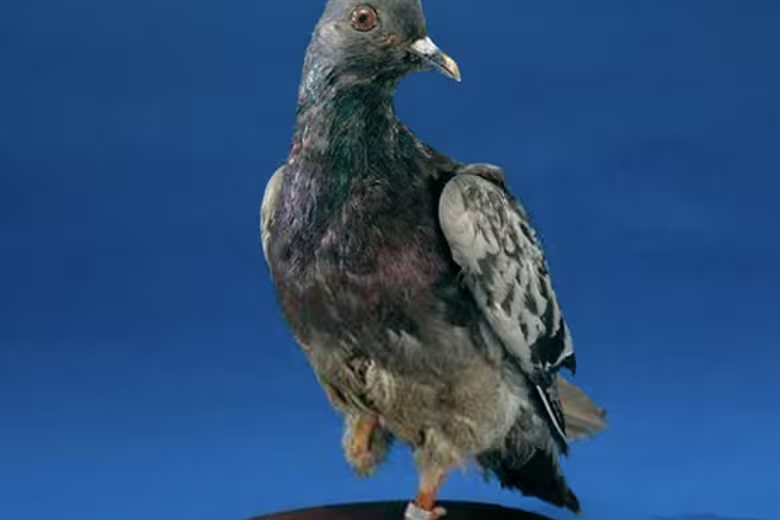
Cher Ami was a carrier pigeon gifted by the British, trained by the Americans, and used in France during World War I. His role was to carry messages between troops on the battlefield. He was fast, agile, and skilled at evading predators.
Cher Ami played a crucial role in one of the most famous battles, Verdun (1916), where he delivered critical information. He participated in many other military operations.
During one mission, he was shot by German forces but managed to save 194 soldiers. Though he survived, he lost a leg, and army medics crafted him a wooden prosthetic.
Cher Ami became famous in both France and the U.S. for his heroic service. After the war, he was brought back to the United States, where he was awarded the French Croix de Guerre and an American gold medal for bravery.
After his death, Cher Ami was taxidermized and is now displayed at a scientific research institution in Washington, D.C..
Keiko, the Orca
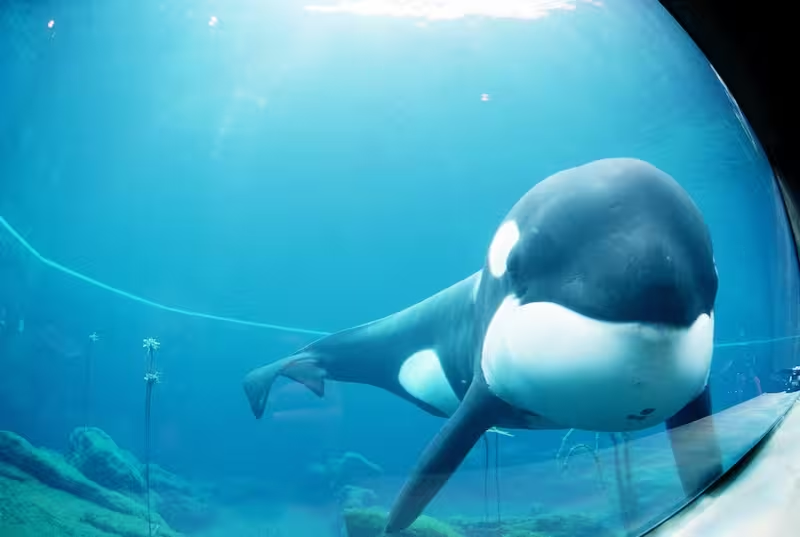
Keiko was a male orca, born in Iceland in 1976. Captured at two years old, he was sold to an aquarium. In 1985, he was transferred to a theme park in Mexico, where he remained until 1992, kept in poor conditions.
Actor Michael Keaton discovered Keiko’s terrible captivity and helped bring attention to his plight. An animal welfare group spent years fighting for his release, eventually raising enough funds to purchase Keiko in 1998 and transfer him to a rehabilitation center in Iceland. There, he was trained to regain survival skills in preparation for a return to the wild.
In 2002, Keiko was moved to Norway and released into the ocean to join a wild orca pod.
However, being too accustomed to humans, he struggled to adapt and often returned to the rehabilitation center.
Keiko died in 2003, but his story inspired the 1993 film Free Willy by Simon Wincer, followed by three sequels. The film’s huge success helped raise awareness about the harsh reality of captive marine animals, sparking a global movement for better conditions and respect for their natural habitats.
Bucephalus, Alexander the Great’s Horse
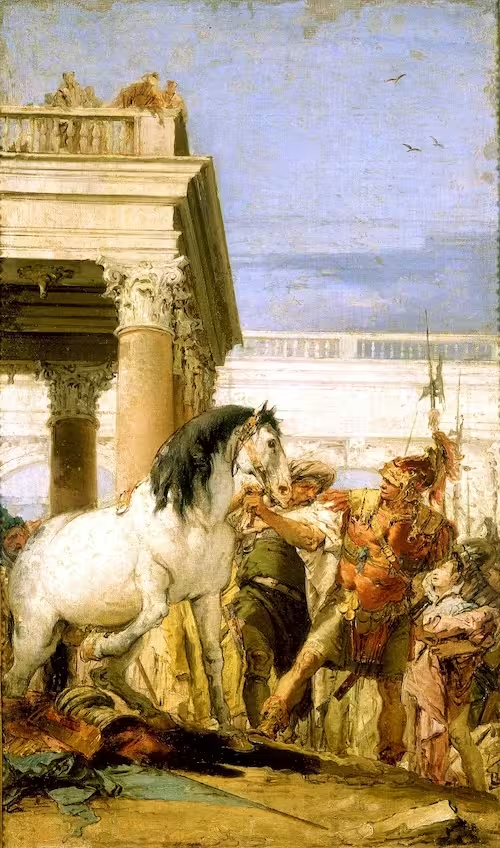
Bucephalus was not unfamiliar with Alexander the Great’s numerous military conquests. Born around 355 BC in Thessaly (Greece), Bucephalus was raised in the royal stables. Alexander received him when he was just 12 years old. It is said that Bucephalus was black with a star-shaped white spot on his forehead and another on his hindquarters. The horse was considered untamable, and even the best riders feared him.
However, Alexander the Great discovered that the horse was afraid of his shadow. So, he placed Bucephalus facing the sun, preventing him from seeing his own shadow. Bucephalus then allowed himself to be ridden and became the king’s horse.
The horse accompanied his rider in most of his major conquests, including the Battle of Gaugamela in 331 BC, one of the greatest battles of antiquity. Bucephalus was injured several times but was always treated with care and returned to full health. He died in 326 BC, at the age of 29, during the Indus campaign. His death was a great shock to Alexander, who honored his loyal companion by founding the city of Bucephala (modern-day Pakistan), where the horse was buried.
Able and Baker, the Astronaut Monkeys
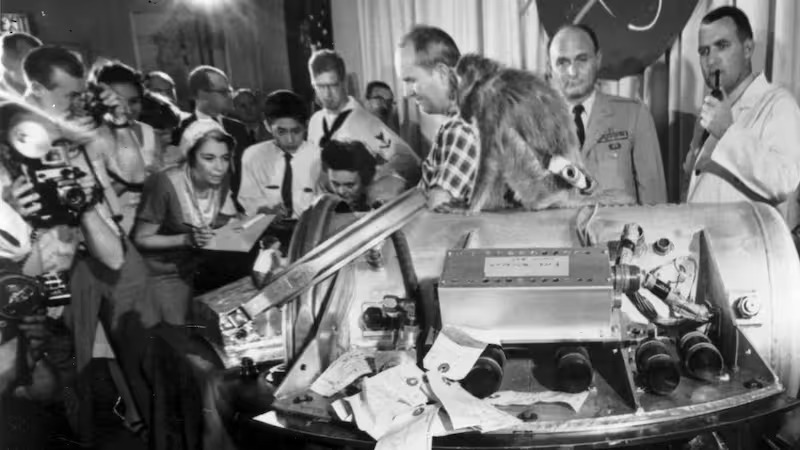
Able and Baker were two female monkeys sent into space on May 28, 1959. They became the first American living beings to return alive from such a journey. Able was a female rhesus macaque, and Baker was a squirrel monkey. Both were trained just like the astronauts they would become. Their journey began when the Jupiter AM-18 missile was launched from Cape Canaveral, Florida. The monkeys were outfitted with sensors to monitor their heart rate, breathing, and brain activity.
Despite the stress of the mission, the monkeys were quickly recovered after their return. Baker passed away in 1984, but Able died shortly after the flight due to complications from anesthesia. Their successful return opened the door for manned space flights. Their journey was widely covered in the media and remains a symbol in the history of space exploration.
Binti Jua: The Gorilla Who Saved a Child
Binti Jua (1988-2022) became the subject of worldwide admiration for her human-like behavior. This female gorilla lived at the Chicago Zoo and was already popular due to her gentle nature. On August 16, 1996, a 3-year-old boy visiting the zoo with his family accidentally fell into the gorilla enclosure. Binti Jua immediately rushed to the child, gently lifting him and carrying him toward the zookeepers. The child was later hospitalized for a skull fracture and some other injuries but made a full recovery.
The story of Binti Jua’s act of kindness spread across the globe, and she became an icon of Western gorilla conservation, a species that was endangered. After the incident, the zoo organized fundraising efforts to support the conservation of gorilla habitats. Binti Jua passed away in 2022 at the age of 34.
Animals can be truly exceptional. Through their generosity and selflessness, they can work miracles. Many animals have helped humans, and choosing the most courageous ones was no easy task. Without them and without biodiversity, our lives and our world would be much sadder and less meaningful.


